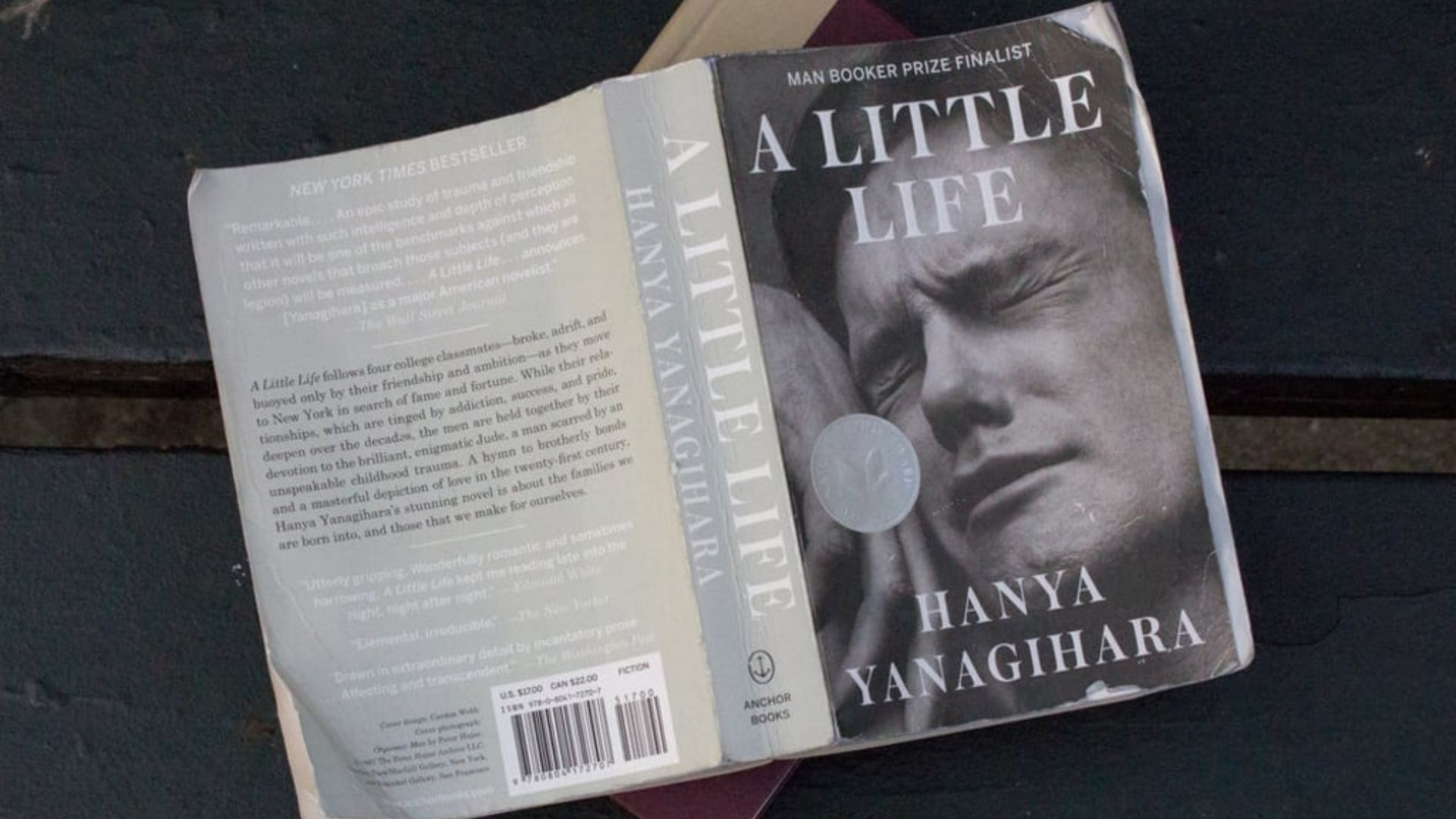
FAQ About A Little Life

What is the significance of the time span covered in "A Little Life"?
The time span covered in "A Little Life" is significant for several reasons, as it plays a crucial role in shaping the narrative and the themes explored in the novel:
- Lifelong Trauma: The novel covers a substantial portion of the main character Jude St. Francis's life, from his childhood to middle age. This extended time span is significant because it reflects the lifelong nature of the trauma Jude has experienced. His traumatic past has lasting effects on his emotional and psychological well-being, and the novel shows how trauma can persist and shape a person's entire life.
- Character Development: The extensive time frame allows for in-depth character development. Readers witness the characters' growth, evolution, and the changes they undergo over the years. This includes their career trajectories, personal relationships, and emotional journeys. The time span provides a comprehensive view of the characters' lives and struggles.
- Complex Relationships: "A Little Life" explores the complexities of friendships and relationships over time. The long time span allows the novel to delve into the ebbs and flows of the characters' bonds, how they evolve, and how they withstand challenges and changes. It showcases the enduring nature of certain relationships, particularly the friendship among the four main characters.
- Themes of Resilience and Healing: The novel portrays the characters' resilience and their capacity to heal, even in the face of profound trauma. The passage of time highlights the slow and often painful process of healing and recovery. It demonstrates that healing is not a linear journey but a lifelong one.
- Exploration of Aging and Mortality: The novel's time span also allows for the exploration of themes related to aging and mortality. Readers witness how the characters confront the passage of time, grapple with their own mortality, and reflect on the choices they've made throughout their lives.
- Structural Complexity: The novel's non-linear narrative structure, which moves between past and present, is closely tied to the time span. It emphasizes that memories and trauma are not confined to a specific period but continue to influence the characters throughout their lives. This structural complexity deepens the impact of the story.
- Impact of the Past: The time span underscores how the characters' past experiences, particularly Jude's traumatic childhood, continue to affect them in the present. It highlights the inescapable nature of certain memories and their ongoing influence on one's identity and actions.
